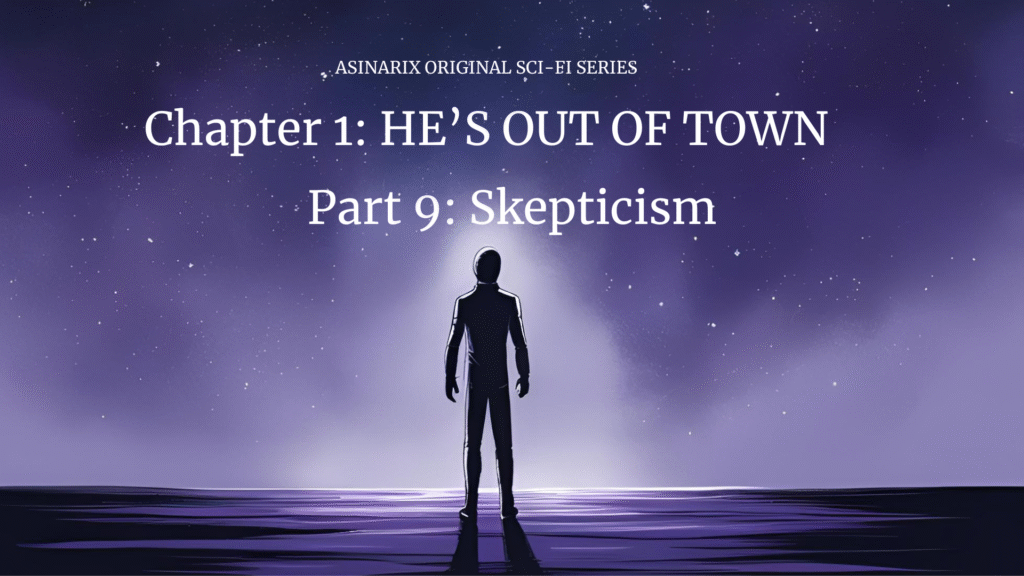
The senior research team meeting was a tense affair. Tom presented his findings – the statistical anomalies in the simulations, the reports of illness among his colleagues, his growing unease with their theoretical models. He carefully avoided any mention of alien abduction or planetary destruction, focusing instead on the purely scientific inconsistencies he had observed.
Dr. Alistair Finch, the lead theoretical physicist and a man known for his sharp intellect and even sharper skepticism, was the first to speak. “With all due respect, Tom, your concerns seem… speculative. The anomalies you cite are within acceptable statistical margins, and the reported illnesses could be attributed to a number of factors – stress, environmental conditions. As for your reservations about our theoretical models, they are based on decades of established research.”
Other senior members echoed Finch’s skepticism. They acknowledged the need for vigilance and thorough investigation, but they saw no compelling reason to deviate from their current research trajectory, which was, after all, yielding promising results. The Ministry was eager to see a functional cloaking prototype, and any significant delays would be met with considerable pressure.
Tom felt a wave of frustration wash over him. He could see the logic in their arguments, the adherence to established scientific principles. But he also knew, with a certainty that defied empirical evidence, that they were missing something crucial, something potentially catastrophic.
“But what if our understanding is incomplete?” Tom argued, his voice rising slightly. “What if there are factors at play that our current models don’t account for? The anomalies, the illnesses… they could be symptoms of a deeper instability, a fundamental flaw in our approach.”
Dr. Vance, to her credit, interjected. “I think Tom raises a valid point. While the statistical deviations may be within acceptable margins, their persistence warrants further investigation. And the reports of illness, while anecdotal, should not be dismissed outright. Perhaps we should dedicate a small team to re-examine our theoretical models, to explore alternative frameworks.”
Finch remained unconvinced. “With all due respect, Eleanor, that would be a significant diversion of resources. We are on the cusp of a major breakthrough. I believe the most prudent course of action is to continue our current trajectory while ensuring rigorous safety protocols.”
A compromise was eventually reached. A small, underfunded subcommittee was formed to investigate Tom’s concerns, with the mandate to provide a preliminary report within one month. Tom was appointed to the subcommittee, much to Finch’s thinly veiled displeasure.
Tom knew that a month was an eternity. He felt the urgency of the alien warning pressing down on him. He needed to find concrete evidence, something that would convince the skeptics before it was too late.
He spent his evenings poring over scientific literature, searching for any research that hinted at non-linear temporal effects or the potential for energy manipulation to destabilize spacetime. He revisited fringe theories, the kind often dismissed by mainstream science, desperate for any clue that might validate his experience.
One late night, buried deep within a dusty academic journal, he stumbled upon a paper discussing theoretical models of “quantum entanglement at macroscopic scales” and the potential for “unforeseen temporal feedback loops” under specific energy field configurations. The equations were complex and highly theoretical, but something about them resonated with the fragmented memories of the alien equations.
Hope flickered within him. It was a long shot, but it was a lead. He would need to delve deeper into this obscure field of research, to see if it held the key to understanding the danger they were facing. The clock was ticking.